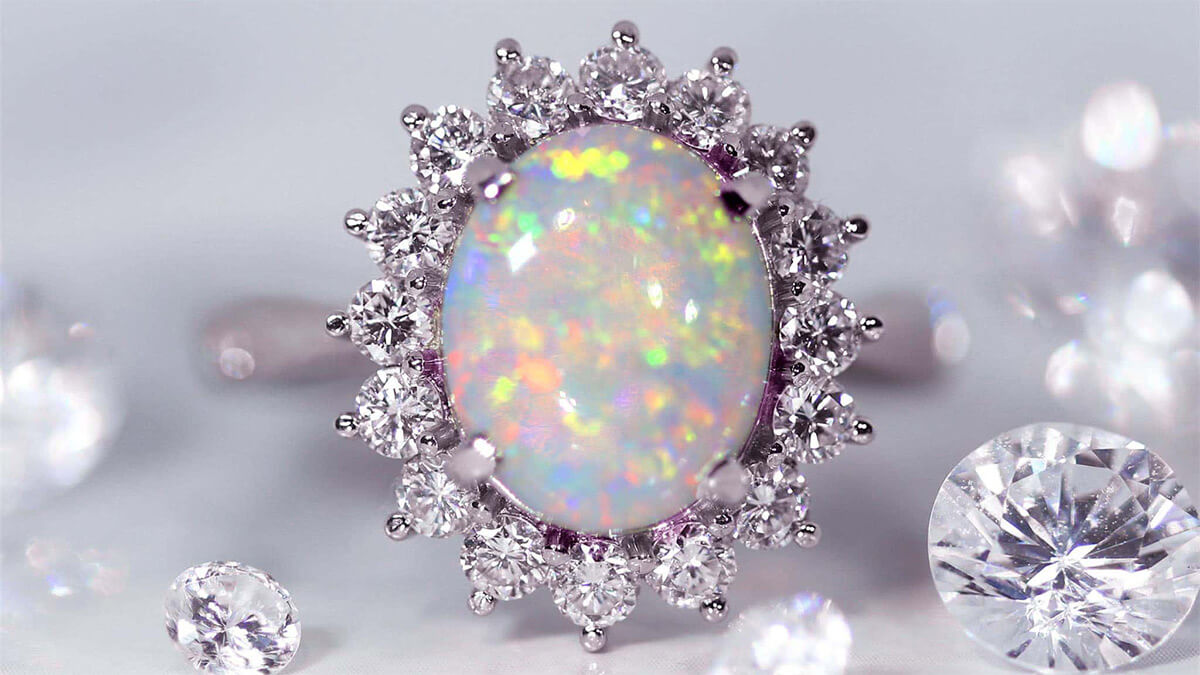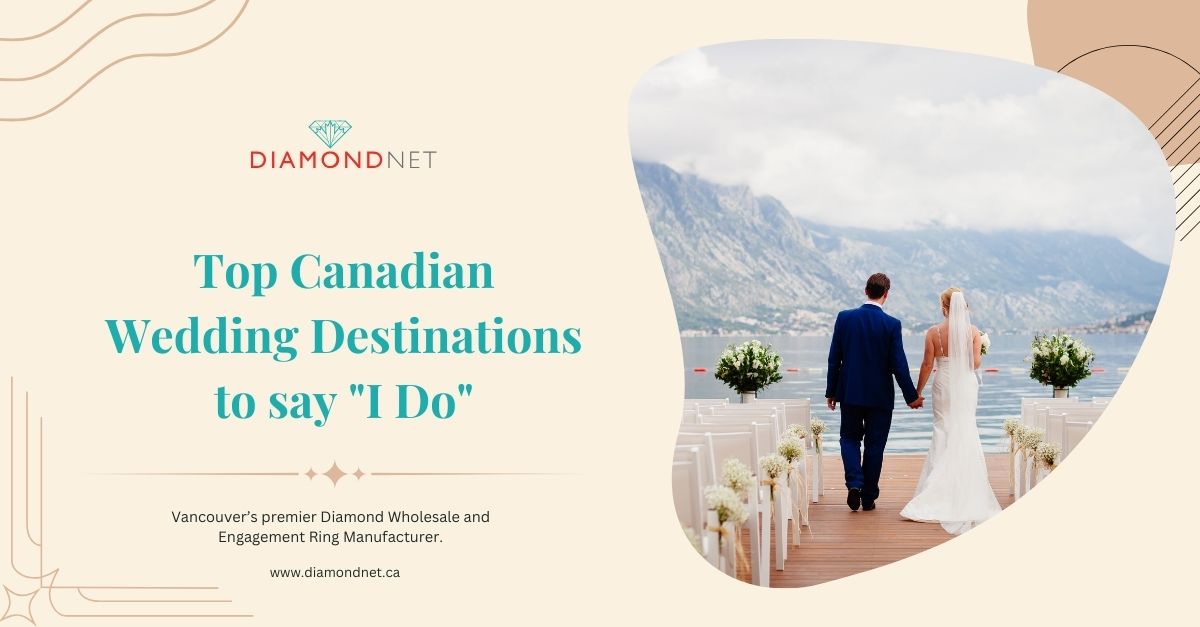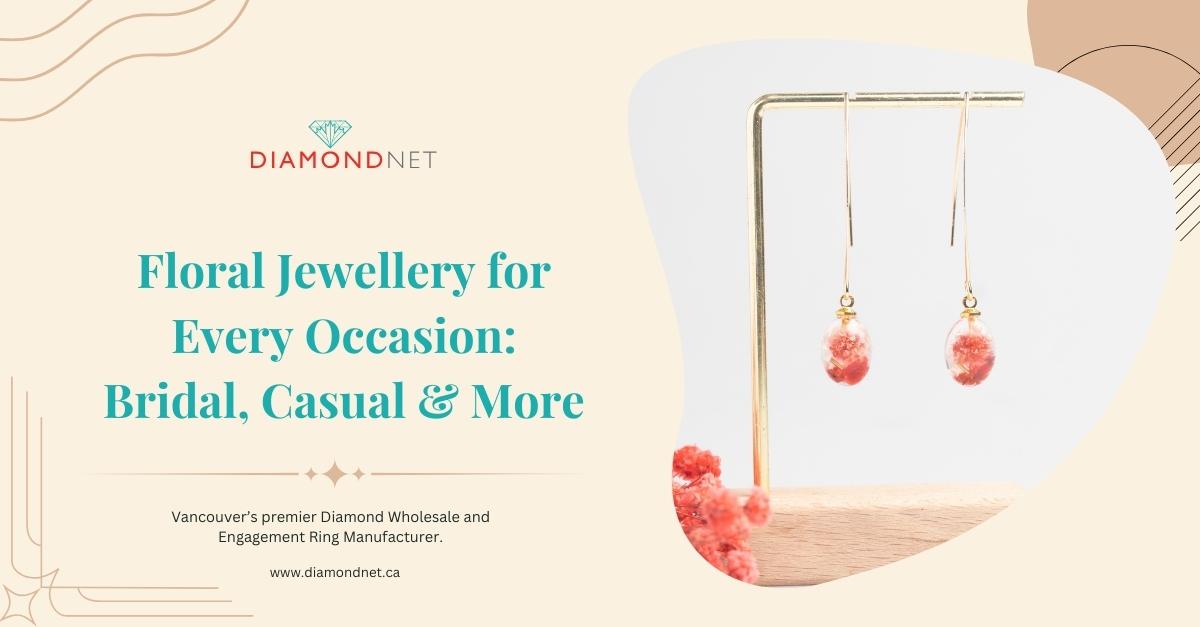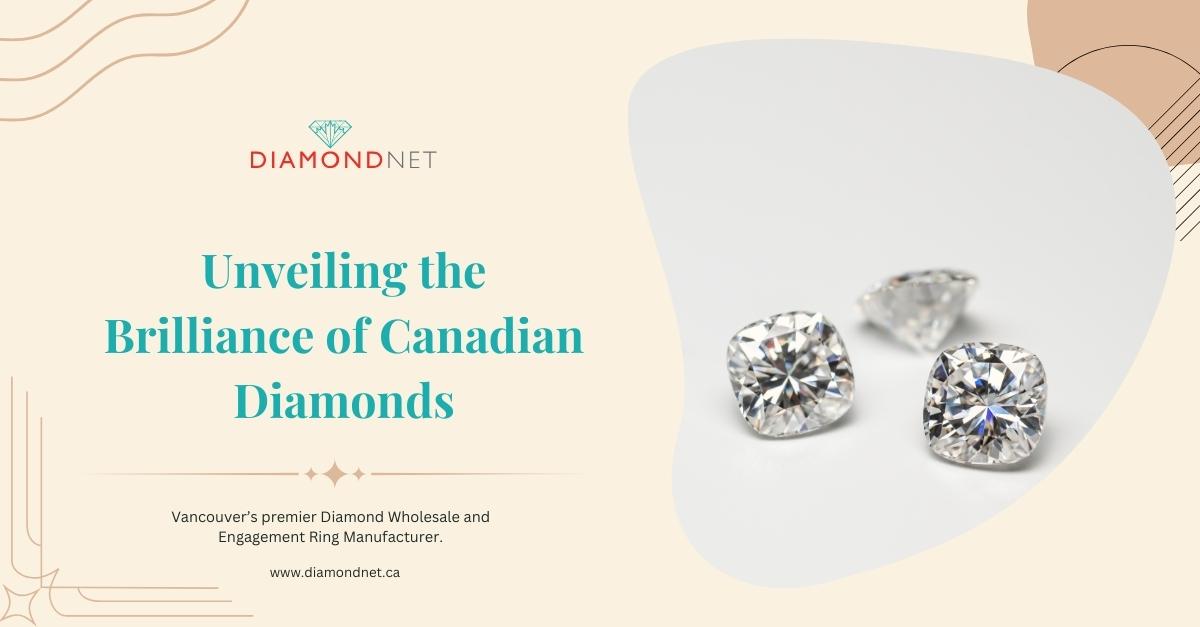If diamonds are a girl’s best friend, opals just might be her fairy godmother. Opals are vintage and timeless. They are mystical, adaptable, smart and sassy. They reflect every color of the rainbow and are sure to make a bigger splash on your ring finger than a diamond. Is your soon-to-be-fiancé a flavorful gypsy goddess? Or maybe she just loves the unique and different. Either way, getting down on one knee with an opal might be the best decision yet (except for choosing her in the first place). These engagement rings come in a range of price points.
Not surprisingly, opals have been thought of as a magical stone for most of history. Ancient civilizations believed wearing an opal could give you the ability to see into the future. Worth a try?
History of opal stone
The name given to opal was derived from the ancient Greek ‘opallios’ and Latin ‘opalus’. Both mean “to perceive a colour change”—pretty fitting name. The first known opal relics were located in a cave in Kenya, and geologists believe that these opals originated from Ethiopia around 4000 BC. Modern opals are found mainly in the Australian outback. Since the late 1800s, Australia has produced over 90% of the opal market.
How did opal stones form?
Opals are formed when seasonal rain gets trapped in the ground and then evaporates. The remaining silica deposits in between sedimentary rock layers is what becomes the dreamy opal. These stones are a kaleidoscope of shimmer known for the array of colors they reflect. This is called the ‘play-of-color’ of the opal. Alongside the mesmerizing sparkle, every opal has a base color: white, black, blue, red or even pink. This means you have choices when you begin looking for your stone.
Opal stone, a gorgeous choice for engagement ring
Opals are the birthstone of Libras, but don’t worry if you weren’t born in October. Opals are complex and offer a somewhat bohemian feel. At the same time, they manage to remain neutral and can combine with most other gems. (As the favorite choice of Queen Victoria—they must be pretty special!) But, as gorgeous as these stones are, going with an opal for your engagement ring should be considered carefully. If you’re feeling inspired to check out a few opal rings, here are some tips for finding and maintaining the right opal ring design.
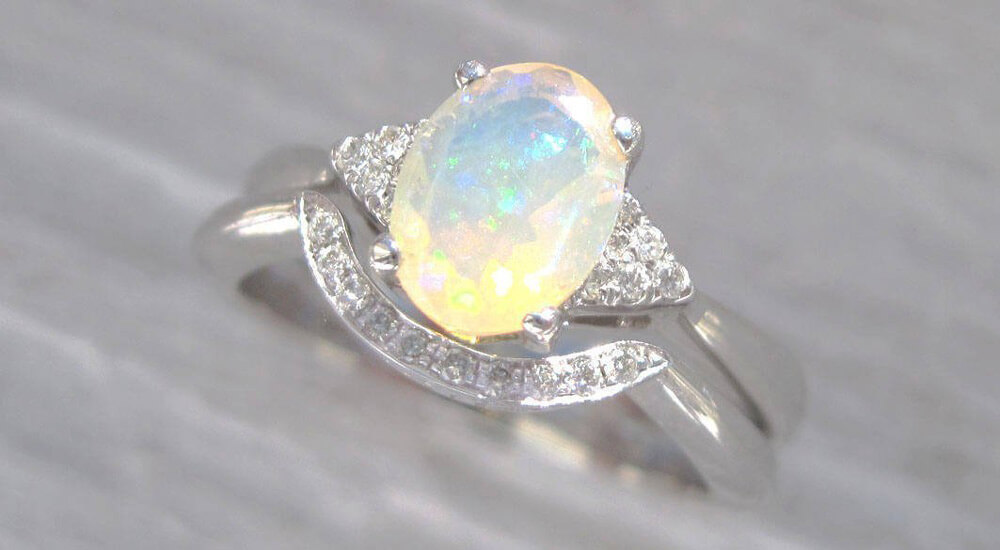
Opal stone, a gorgeous choice for engagement ring
Things you should know about an opal engagement ring
Don’t feel like you need to choose an opal exclusively. The combination of a diamond and an opal is especially impressive, and it allows you to mix tradition with a bit of mystical mystery. While they look magnificent together, remember opals are far more delicate than hard diamonds and sapphires. Opals are only a 5.5 or 6 on the Mohs Hardness scale. As a softer stone, opals run a higher risk for chipping, scratching, and breaking. If your lover is accident-prone or works with her hands, opals might not be a match made in heaven. Most people wear their engagement ring daily—you don’t want to choose one that won’t stand the test of time.
Opals aren’t just soft, they’re also very porous. When cleaning, be mindful that you never fully immerse opal jewelry into water. Try a soft damp cloth instead. Similarly, stay clear of cleaners like Windex. Your opal is essentially a mystical little sponge, ready to absorb anything and everything. This can be frustrating for anyone who regularly cleans their rings.
Do some investigating—scope out a Pinterest board or two. If you don’t see any opals, consider asking a friend or family member about whether she might be into it. Opal engagement rings are not for the faint of heart, and we advise having a sense of her style before jumping in.
